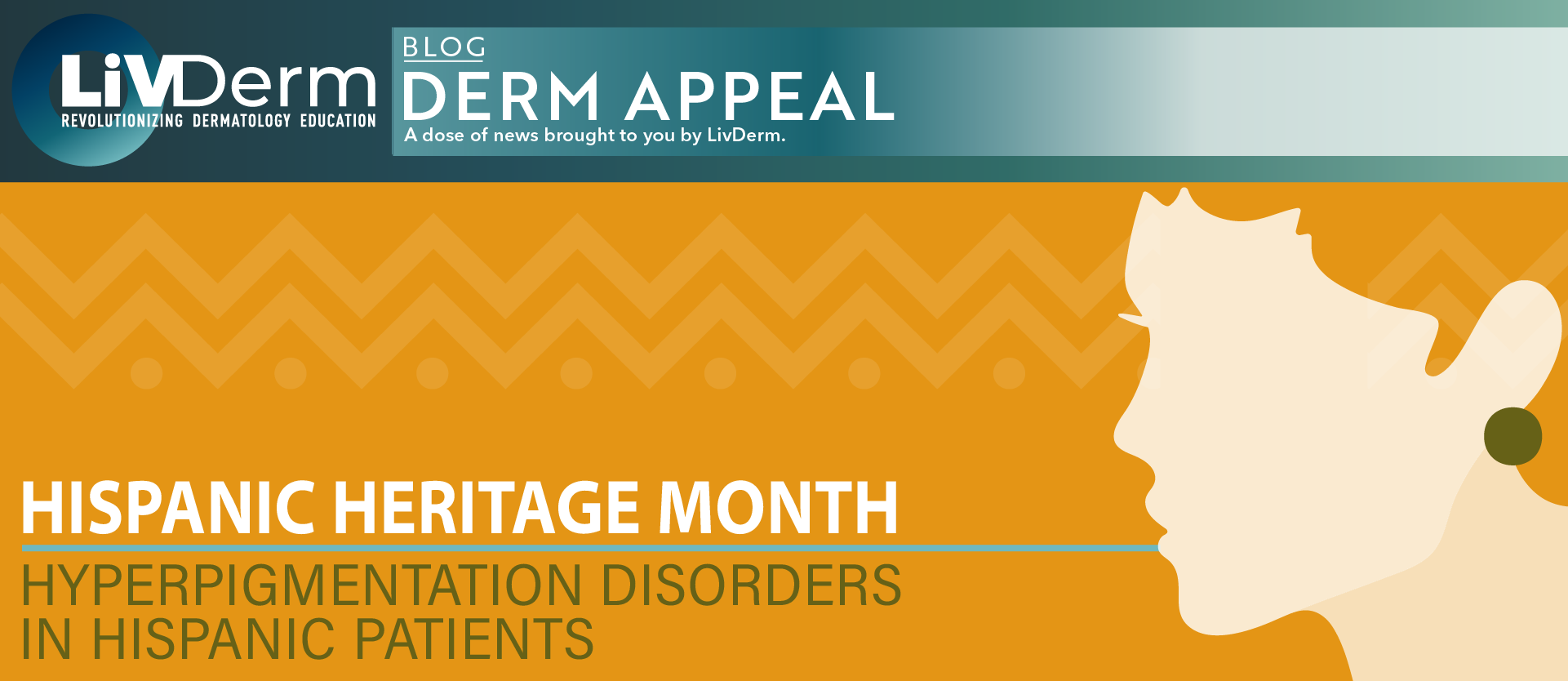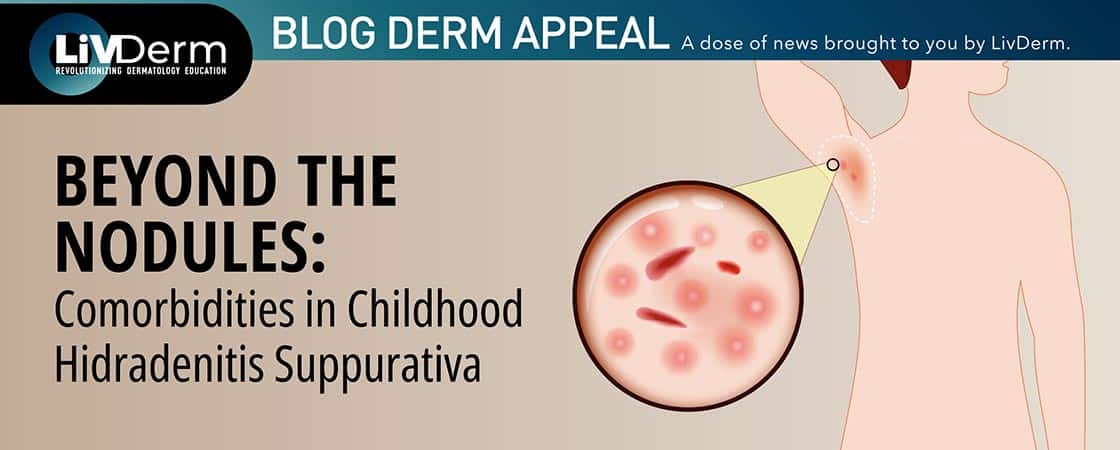Observed nationally from September 15th to October 15th each year, Hispanic Heritage Month celebrates the vast historic and cultural contributions of Hispanic/Latino. During this time, healthcare organizations spotlight some of the dermatologic conditions particularly affecting this community and hope to raise awareness among both patients and practitioners about effective prevention, treatment, and management strategies.
Heightened Risk of Pigmentary Disorders
Patients of Hispanic/Latino heritage experience a heightened risk of melasma, post-inflammatory hyperpigmentation, and other pigmentary disorders compared with non-Hispanic white patients. Current statistics reveal that pregnancy-induced facial melasma in Mexican women has been reported in up to 50% of patients. In addition, familial and genetic skin diseases occur more frequently in Hispanic/Latino patients – such as actinic prurigo, Hermansky-Pudlak Syndrome, and Kindler’s syndrome.
Although some patients may retain the belief that darker skin requires less sun protective measures, darker skin types are more prone to pigment production in response to injury, which includes UV exposure-related damage. For this reason, hyperpigmentation and melasma occur at increased rates in this group while other cutaneous conditions, such as nonmelanoma and melanoma skin cancer, may go unaddressed due to cultural and socioeconomic variables.
Prevention and Treatment Methods
In part due to a lack of awareness and suitable educational materials, Hispanic/Latino patients may not employ the necessary preventative measures to protect their skin against hyperpigmentation and other dermatologic concerns, citing darker skin as a protective factor.
There is an urgent need for improved prevention tactics in this group of patients, especially those that stress the importance of maintaining an abundance of caution with UV exposure. This includes adequate and regular use of sunscreen and other methods of sun protection, routine dermatologic visits, and interventions that take into account cultural factors relevant to this demographic.
In terms of hyperpigmentation and melasma treatment, current therapeutic options include topical creams, such as melanin production inhibitors – hydroquinone and arbutin – to brighten the skin as well as laser therapies that target hyperpigmentation with picosecond and pressure-wave technology, chemical peels, brightening acids, microdermabrasion, and microneedling. However, the efficacy and safety of these methods varies by patient and application.
Cultural Awareness
The clinician’s cultural awareness is paramount for improved dermatologic management of Hispanic/Latino patients. One particular cultural factor to consider is this population’s belief in and use of alternative remedies, which have unproven safety profiles and may trigger adverse skin reactions.
“Individuals may not think of these remedies as medicines, but individuals may develop contact dermatitis in using these remedies,” director of dermatology at Bellevue Hospital Dr. Sanchez told Dermatology Times, adding that some of the topical creams have elevated mercury levels and can increase the likelihood of mercury poisoning.
In addition, the use of sunscreen in this demographic remains relatively low, despite the rising prevalence of melanoma and nonmelanoma skin cancers in Latino Americans. The cultural belief that moles and birthmarks signify beauty or uniqueness contributes to delayed diagnoses in Hispanic patients, who often present for clinical care at more advanced stages of disease.
The Hispanic/Latino community experiences other obstacles to healthcare as well, including differential accessibility, a lack of health insurance, low income levels, minimal education, and language barriers. For these reasons, improved patient education materials and raised awareness are needed. The development and dissemination of materials tailored to Spanish language-speaking patients is vital for long-term, wide-scale prevention of cutaneous conditions in this group.
Although in recent years there has been a substantial increase in Hispanic/Latino patients seeking dermatologic care, this population continues to have the highest uninsured rates of any racial or ethnic group in the United States. While the pathophysiology of pigmentary disorders remains under investigation and novel treatment options are emerging, the problems of differential access to healthcare and lack of awareness must be addressed before any clinical improvement can be observed in this patient demographic.

















